Saga Dawa Festival
- Beatrice
- Last Updated : 11/27/2025
The Saga Dawa (also known as Saka Dawa) is considered highly significant in Tibet. The term "Saga Dawa" came from two words "saga" which means "the fourth" and "Dawa" which means “month.” Taken together, Saga Dawa literally means the “fourth month.” The Saga Dawa Festival is celebrated during the fourth month of the Tibetan Calendar, and it falls on the 15th day of that month. Although the main festival is celebrated on the 15th day of the month, Saga Dawa is basically a month-long festival. This festival is significant for remembering the birthday, enlightenment, and death of Sakyamuni.
The fourth month is also called the "Month of Merits” and it is dedicated to gaining merits by way of pilgrimages to sacred places, by practicing "dana" (giving to other people, especially to the monks, nuns, and the temples), by refraining from eating meat, and by not killing animals. In Chinese, this festival is called "Qiong Ren Jie" which means "Poor People's Day."
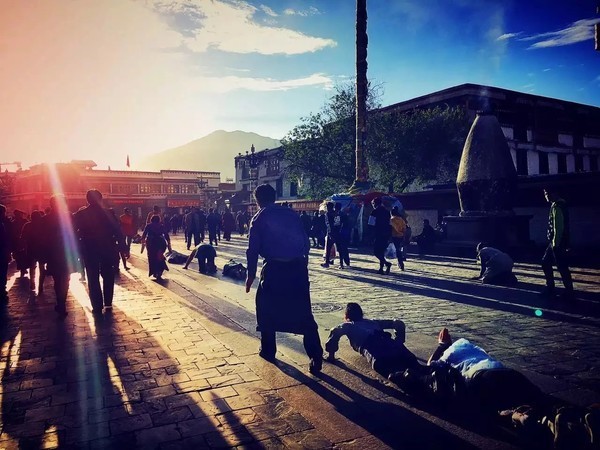
When is the Saga Dawa Festival Celebrated?
The exact date of the celebration of the Saga Dawa Festival varies from year to year because it is based on the Tibetan Calendar, which is a lunisolar calendar and is different from the Roman Calendar. The lunisolar calendar indicates the time of the solar year and the moon phase. The Tibetan year is sometimes composed of 12 lunar months and sometimes 13 lunar months. For this reason, the exact date of the Saga Dawa Festival varies from year to year. In 2026, it will be celebrated on the 31st of May according to the Roman Calendar. So if you plan to attend, you can schedule your tour around this date or within the following two weeks to experience related celebrations.
Things to Expect During the Saga Dawa Festival
During the Saga Dawa Festival, you can expect to see a lot of Tibetan pilgrims who are circumambulating the Jokhang temple, Potala Palace, Barkhor Street and Lingkhor Street. The circumambulation (kora) is a Tibetan Buddhist form of prayer to walk along the conventionalized circular route. There are three circumambulations in Lhasa; one is Langkhor, which surrounds Juekang, the main hall of the Jokhang Temple. The whole journey is full of Dharma wheels, about 500 meters long, and is the inner ring line. "Langkhor" in Tibetan means inner ring. The second route is Bakhor Street, which circles the whole of Jokhang Temple. Its total length is about 1,000 meters, and it's the middle ring line. "Barkhor" in Tibetan words means the middle ring. The third is Lingkhor Road, which circles the old town of Lhasa, with a total length of about 5,000 meters. It is the outer ring road. "Lingkhor" in Tibetan means outer ring. The flow of people doing kora along Langkhor and Barkhor is constant every day, but Lingkhor Road is the route for people's circumambulation on important days, especially Saga Dawa.
Tibetans believe that during this month, the merits of one’s actions are multiplied and especially on the 15th day of the month the merits of one’s actions are greatly increased. Therefore, people would be more devout than usual in giving to the poor, releasing life to accumulate greater merit, burning incense, and praying to the Buddha. You can see that a lot of animals and fish are released in the Lhasa River. And, you could see hundreds of people lining up at the Drepung kitchen, desirous of donating goods to the monks when these monks chant their prayers inside the assembly hall. You can also expect to see a lot of Tibetan people who are only eating vegetables during the day, especially on the 15th day of the month. You would also see a lot of people donating money. At the same time, you'll see lots of picnics while the older Tibetans recite their mantras.
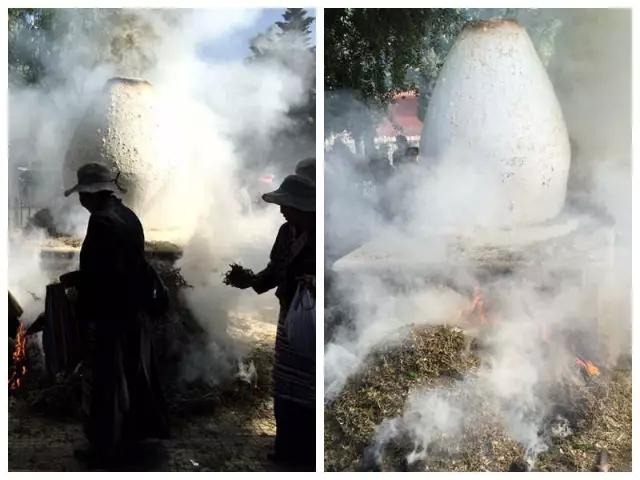
Which Places to Visit During the Saga Dawa Festival?
Most of the significant events of the Saga Dawa Festival are celebrated in Lhasa. You can join the celebrating crowd at Dzongyab Lukhang Park, right behind the majestic Potala Palace, for an afternoon picnic. These gatherings have become a much-awaited yearly gathering wherein people would wear their most beautiful attire while they dance and picnic(the locals call it Lingka).
However, you will also witness a feverish celebration of the Saga Dawa Festival around Mt. Kailash, considered to be the holiest mountain of Tibet. During the festival, you will witness thousands of Tibetan Buddhist pilgrims worshipping at the foot of this holy mountain.
The best way to experience the Saga Dawa Festival is to avail of a Saga Dawa Festival Tour of Tibet.
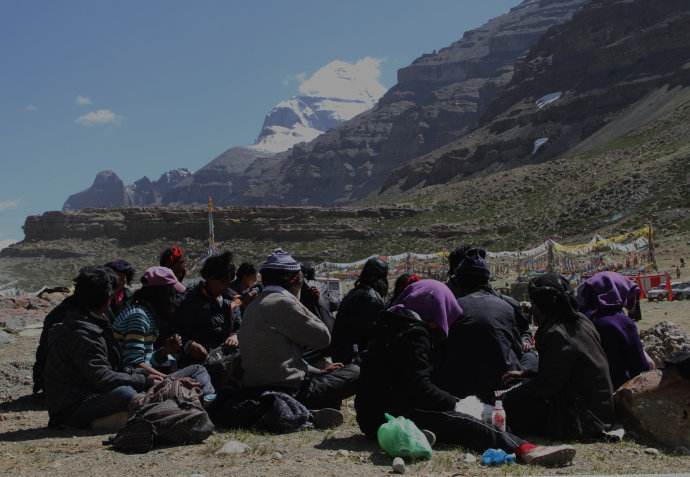
Final Words
The Saga Dawa Festival encapsulates how a Buddhist should pay homage to Buddha. Buddhists are expected to reiterate their desire to lead noble lives by practicing kindness and bringing harmony and peace to the world. Thus, this festival is also called the “Festival for Releasing Living Things.” This is the reason why the Tibetans refrain from killing animals during the month-long celebration while abstaining from eating meat. Moreover, they generally try to focus their efforts on worship. Lastly, if ever you are interested in experiencing the Saga Dawa Festival, you can readily contact us, and we will facilitate your tour of Tibet during the Saga Dawa Festival.
Recommended Tour Packages
Email response within 0.5~24 hours.


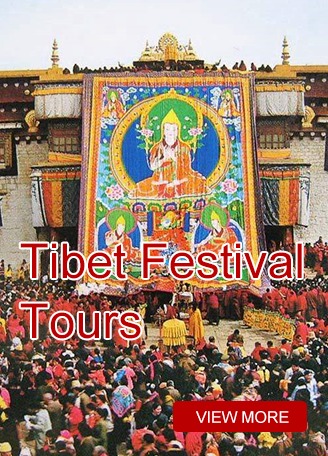
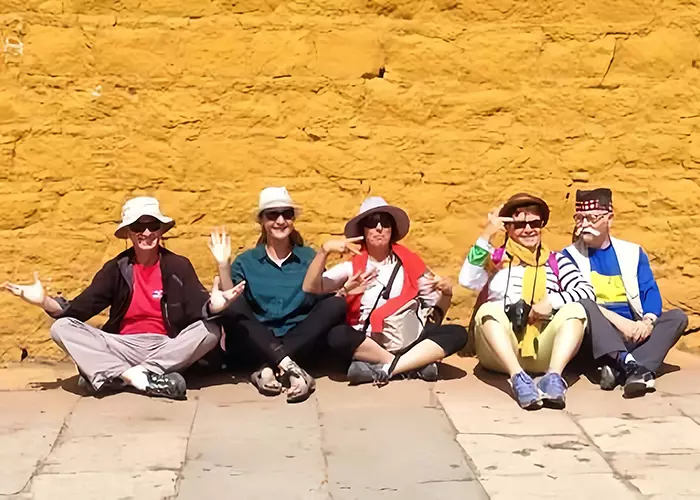
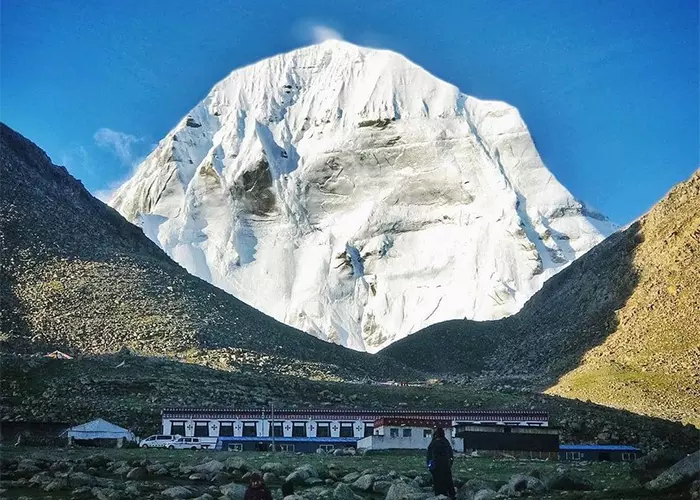
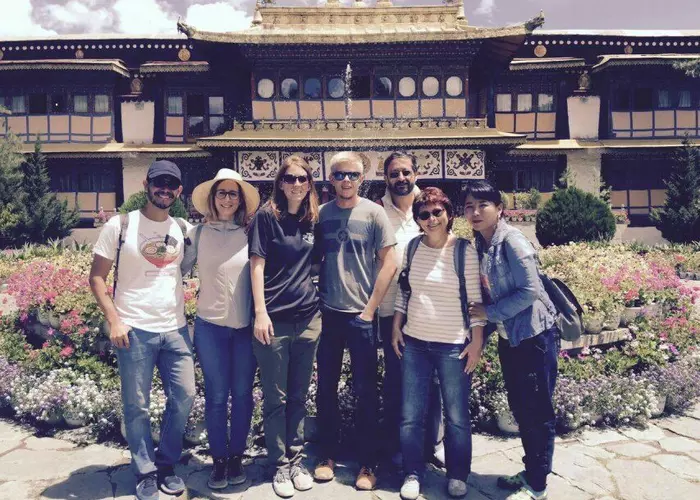
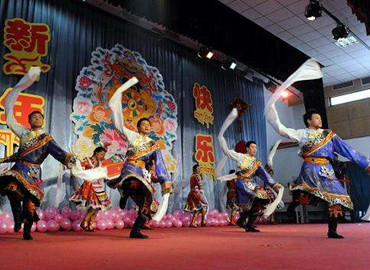
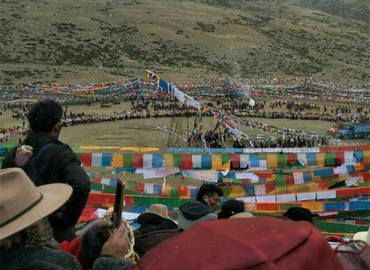
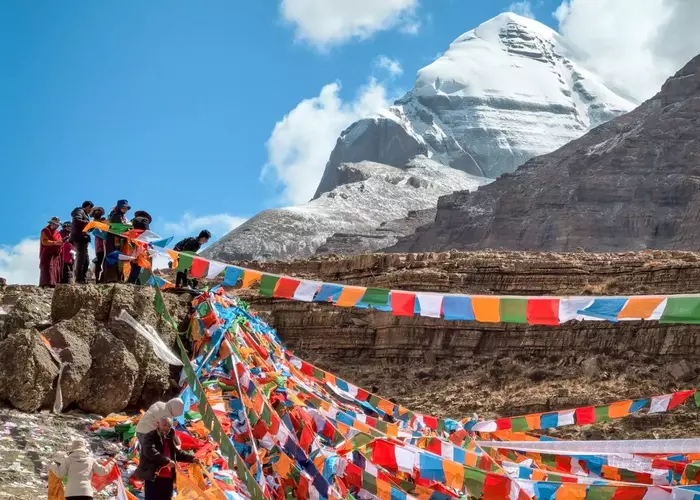
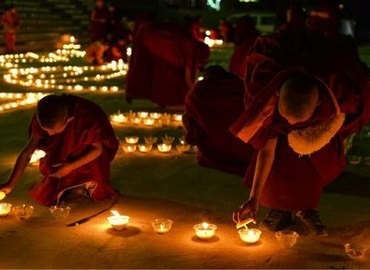

Typically Asked Questions from Our Clients
Asked by Anit***
Could you please send me a few itineraries and quotes for the Kailash pilgrimage / Saga Dawa package?
Dear Anita***,
We have a 15-day Mt.Everest & Mt.Kailash Kora Pilgrimage Group Tour departing on 24 May for the Saga Dawa Festival. Are you joining?